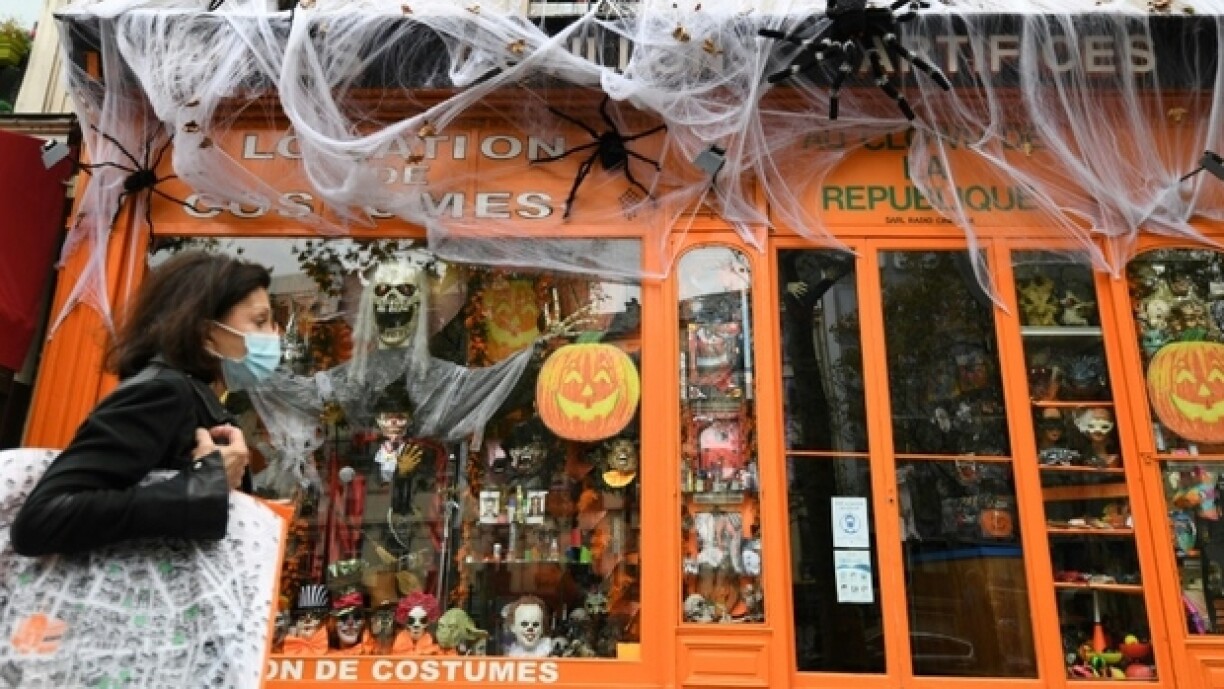
Approximately 2,500 years ago, Celts commemorated the changing of seasons with their Halloween celebrations, though the festivities were known under a different name back then: Samhain. According to the Celtic faith, it is the day when the dead return to the Earth to visit their families.
The tradition eventually received a new interpretation in Ireland, where people were more afraid of the dead. They therefore decided to disguise themselves on the occasion to scare off any potential returnees from the realm of the dead.
At some point in time, the name of the celebration was changed from Samhain to Halloween, an English abbreviation denoting “All Hallows Evening”, or, in other words, the night preceding All Saint’s Day. Though now commonly thought of as an American holiday, the Irish only carried over the Halloween tradition in the 19th century.

For a number of decades, Halloween has also seen an increase in popularity in the Grand Duchy. Naturally, the commercialisation of the festivities has aided in the process much more than the thought of scaring away any dead people.
Already weeks ahead of 31 October, supermarkets and stores tend to exhibit the newest disguises and masks. The selection of Halloween-themed parties meanwhile appears endless.